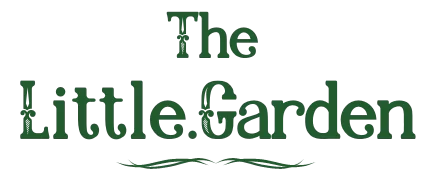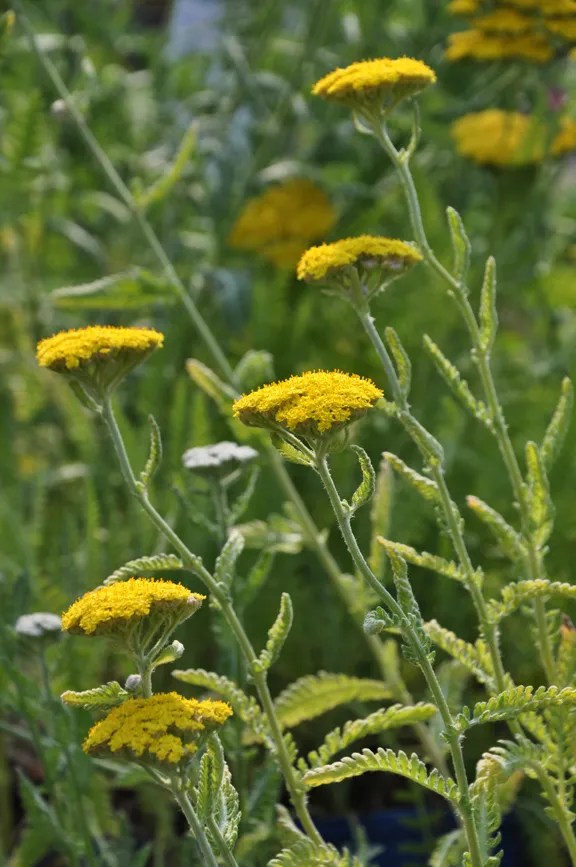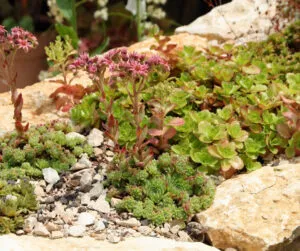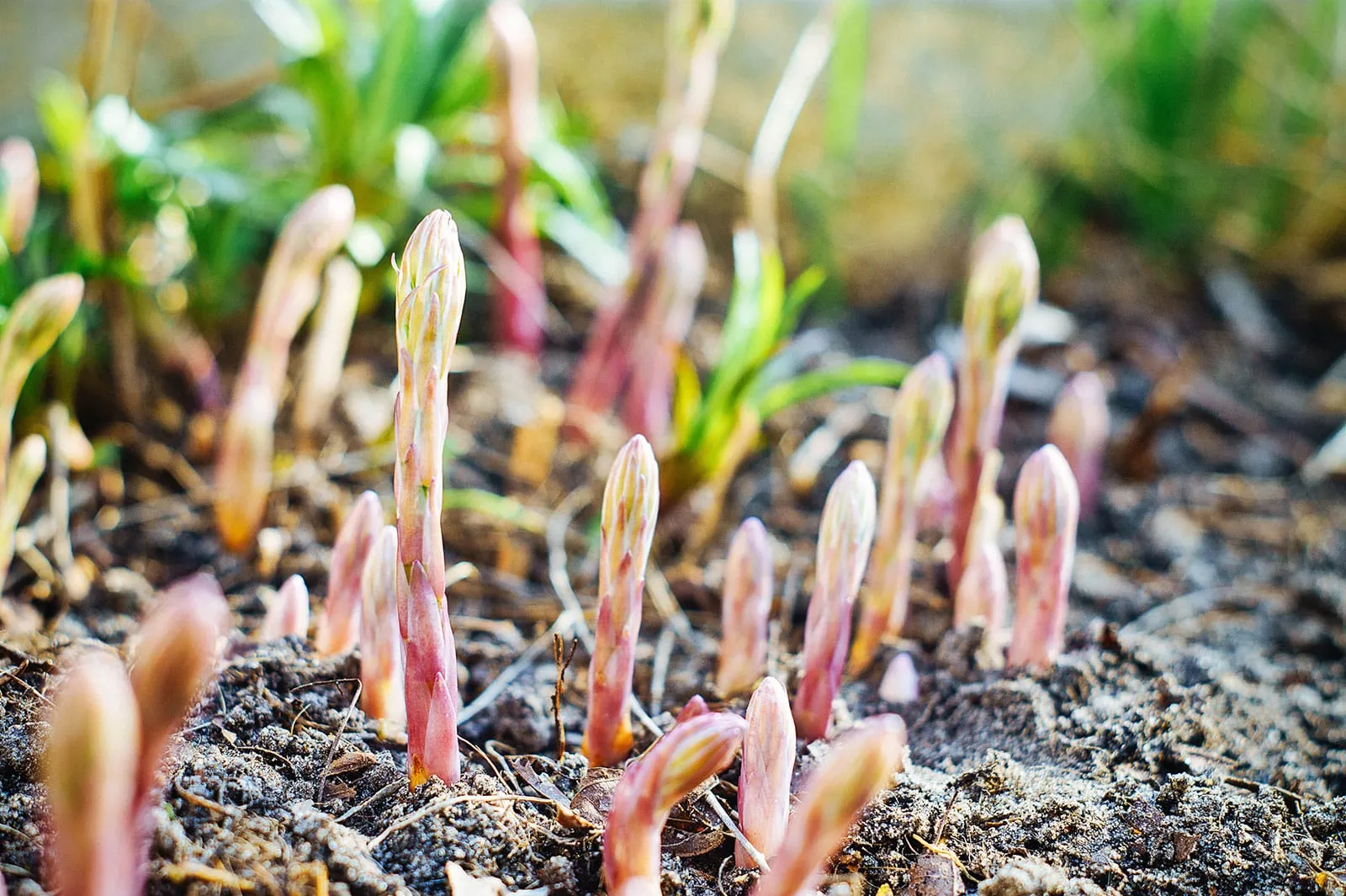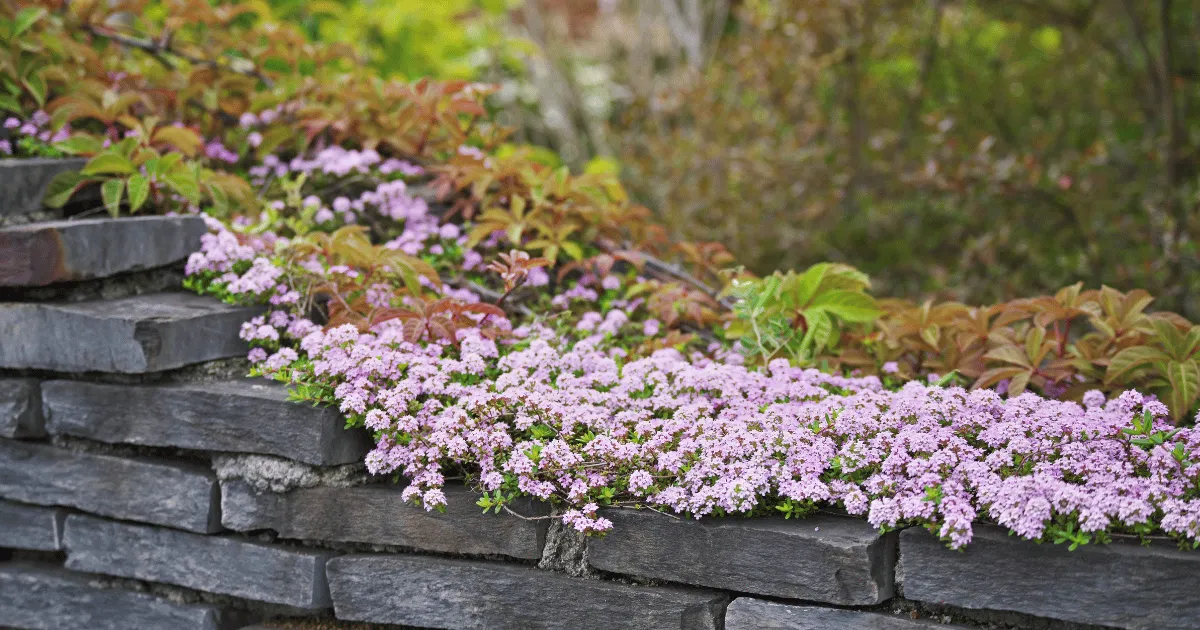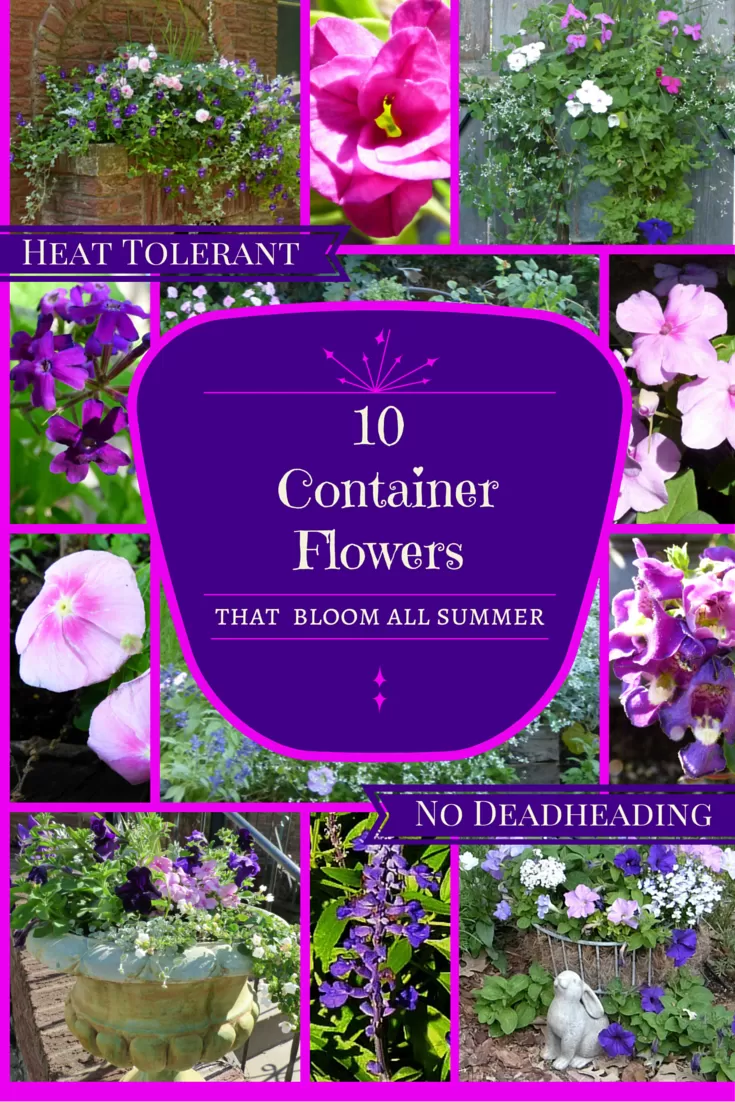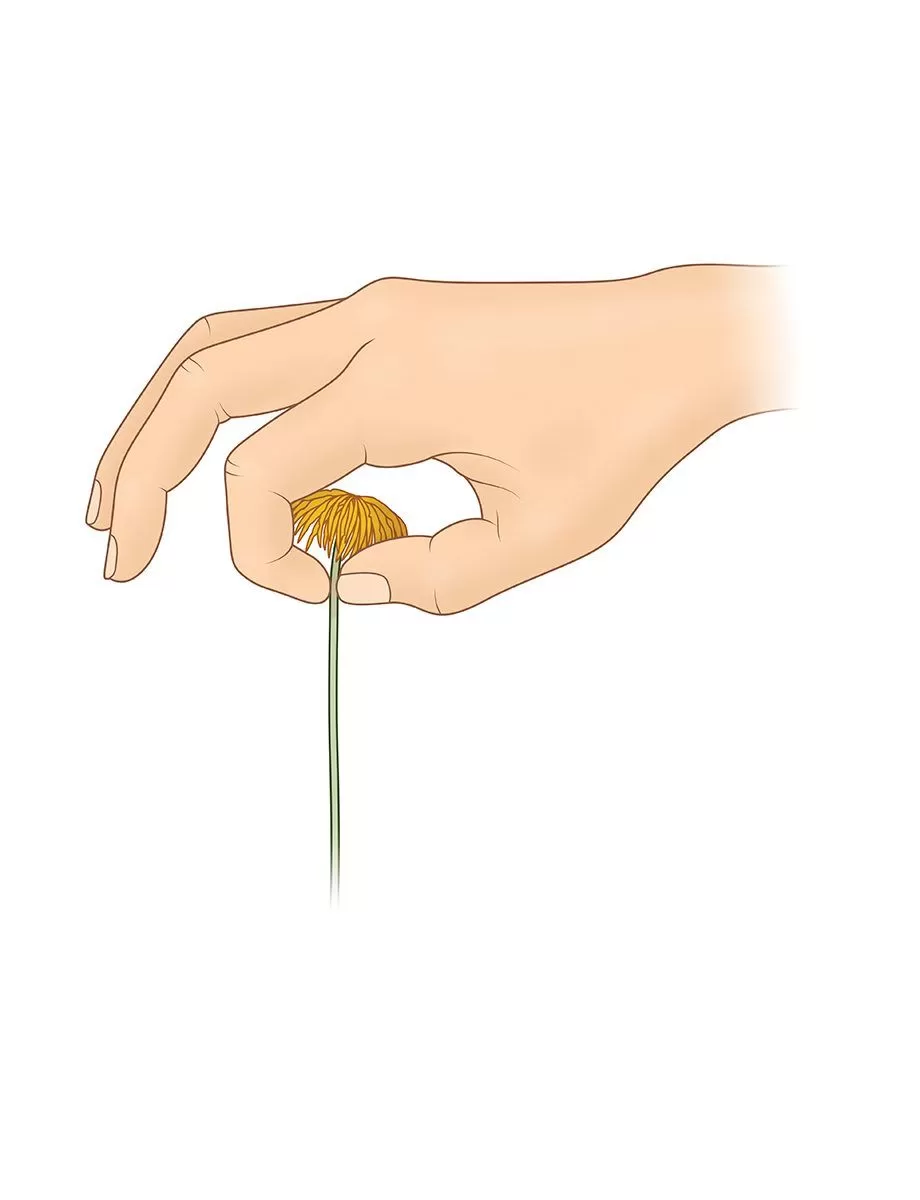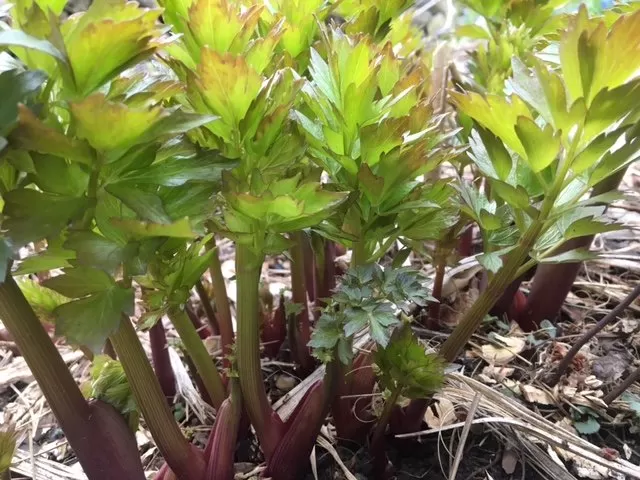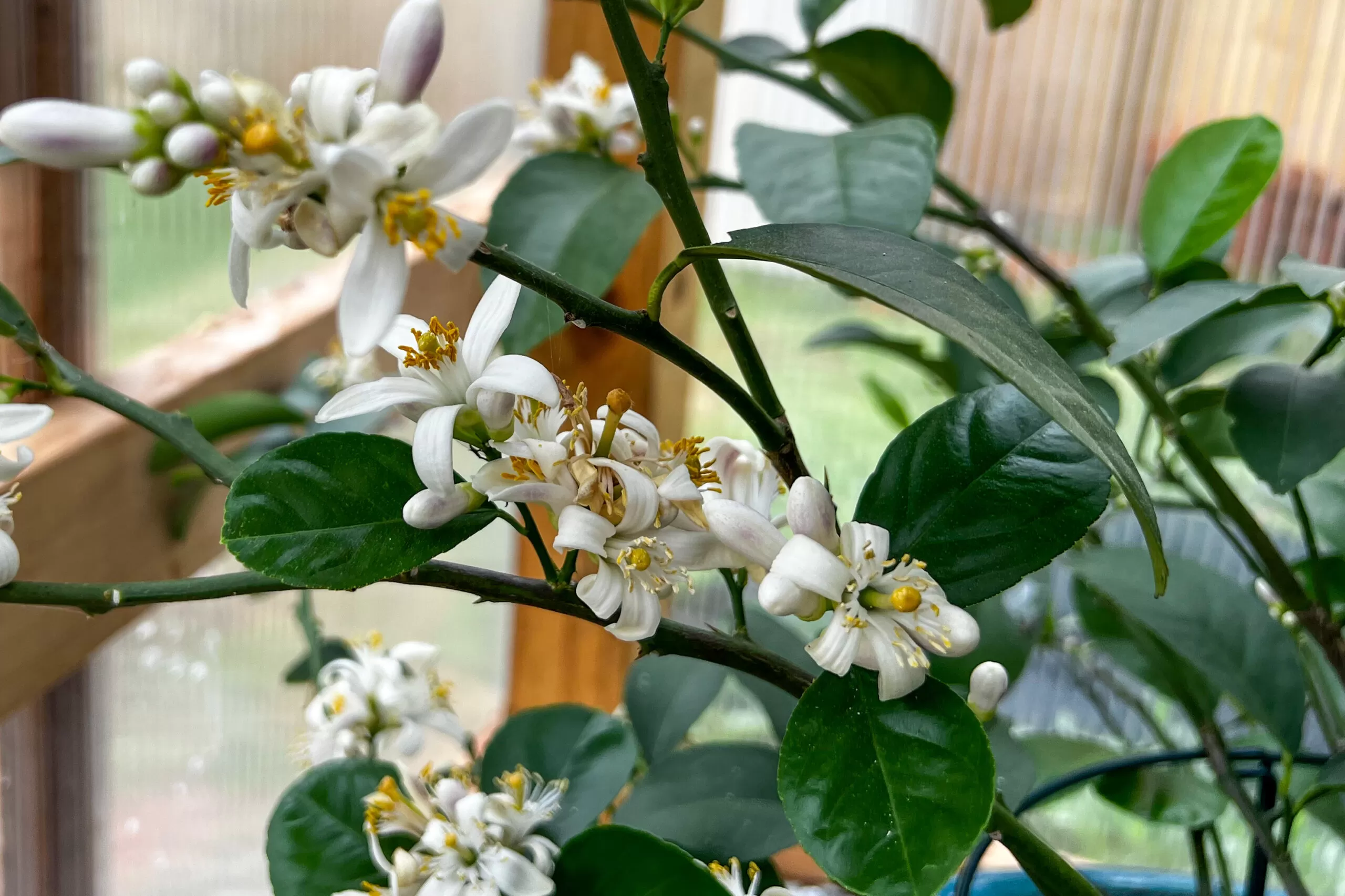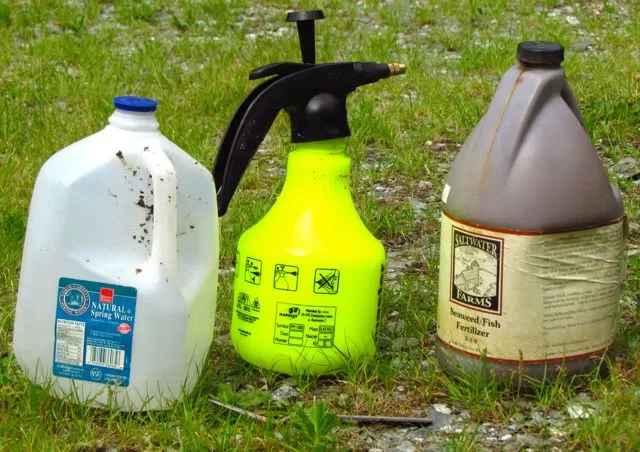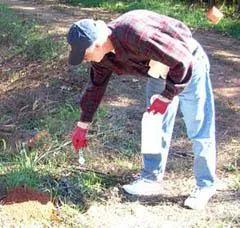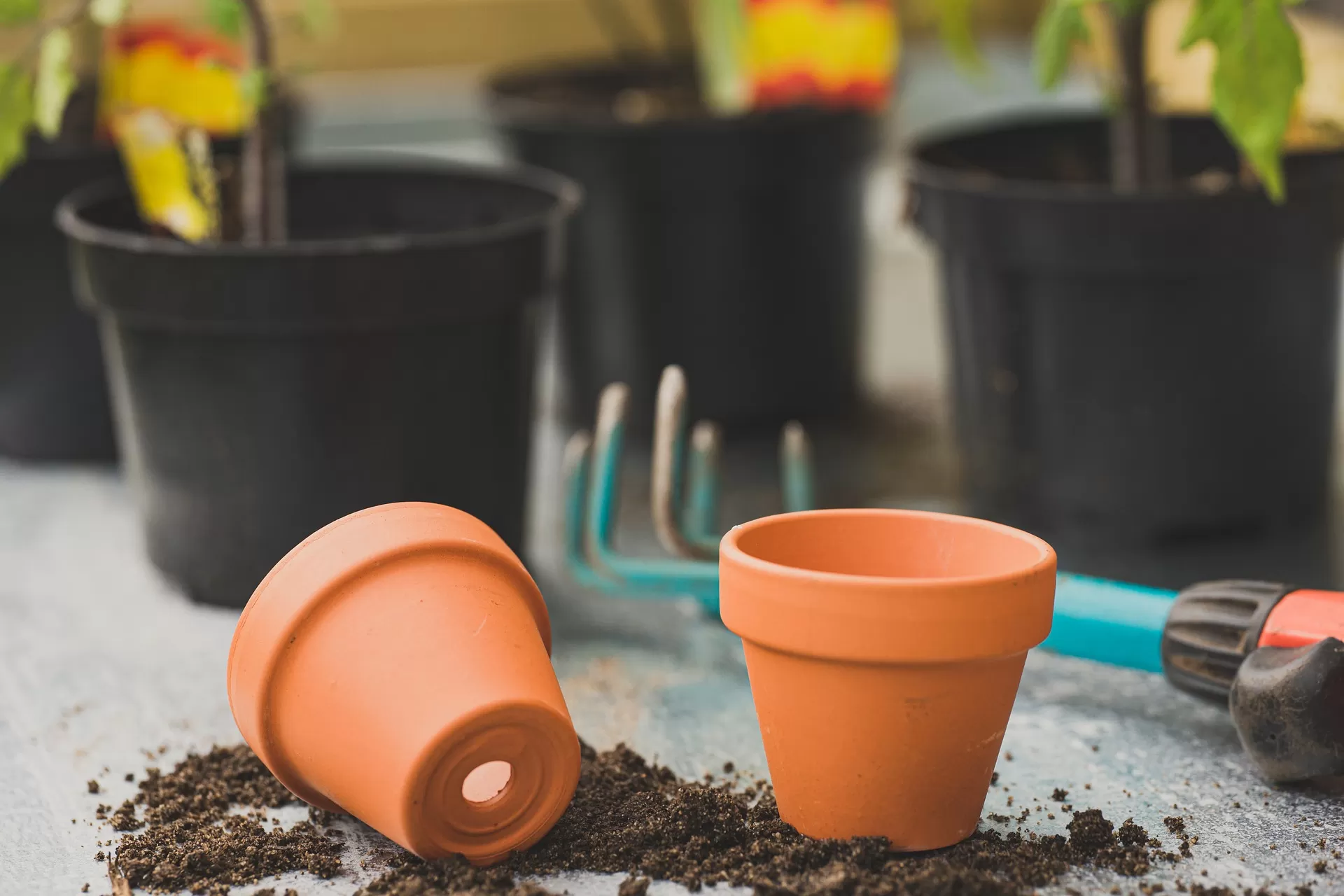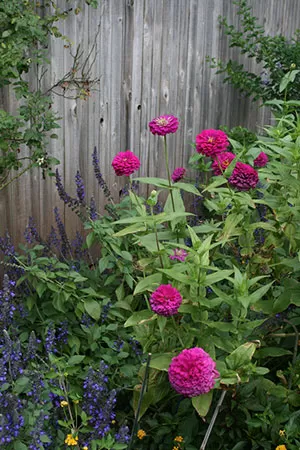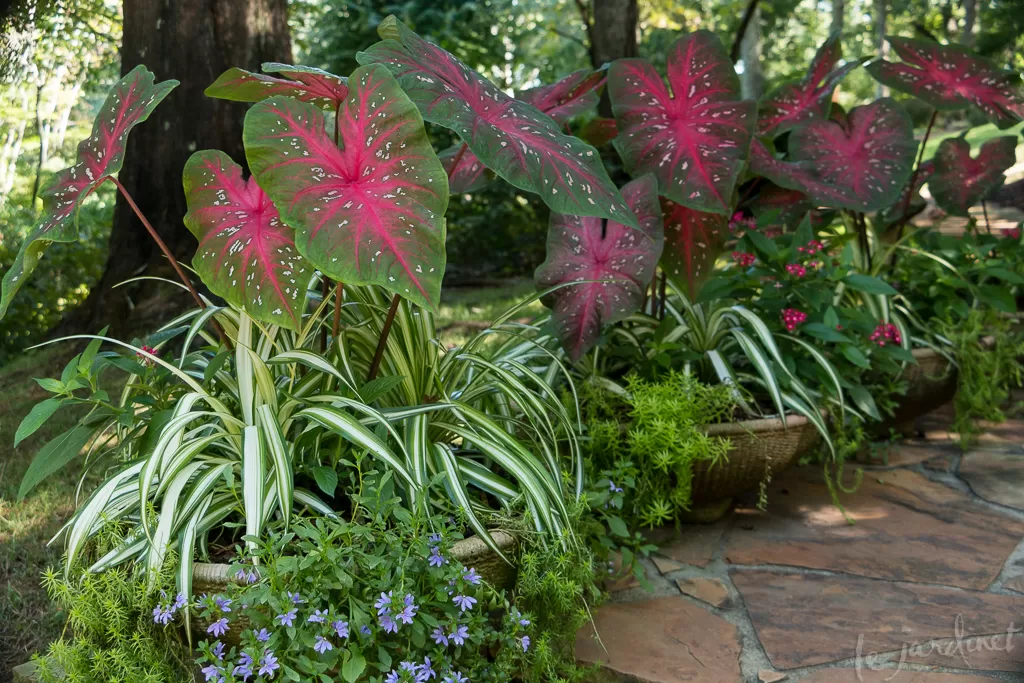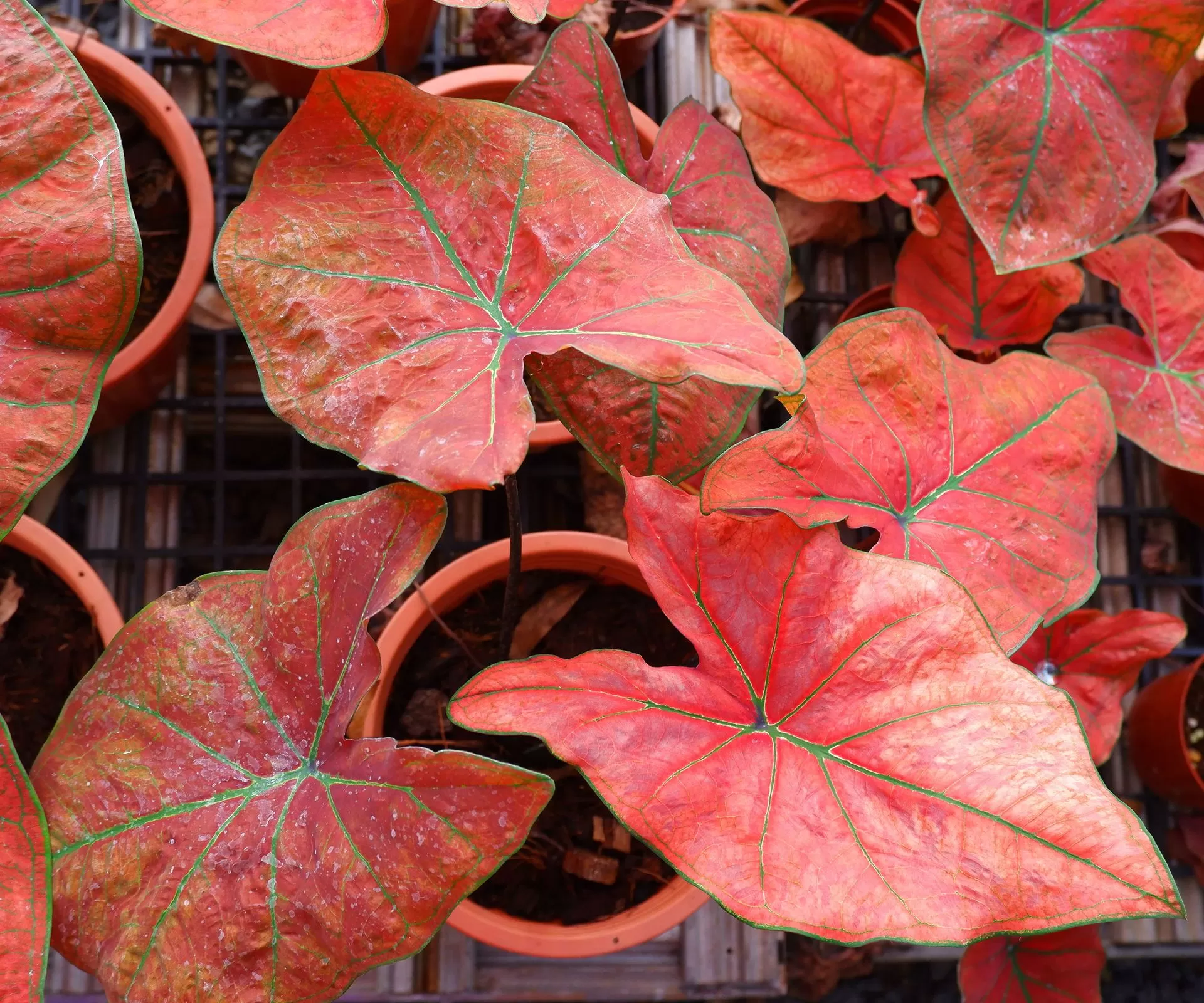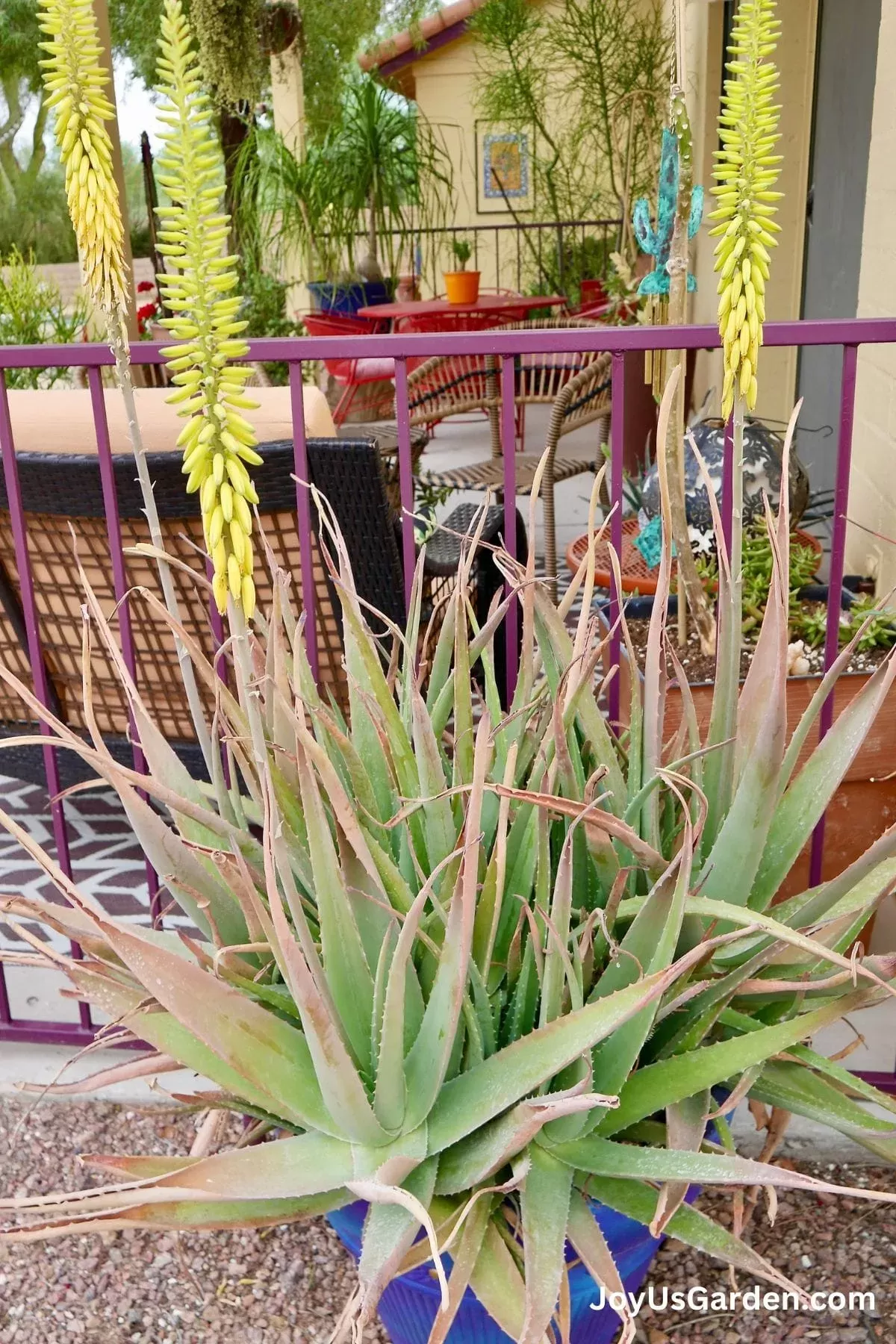- Did you know many beautiful hostas aren’t just pretty, they’re also edible?
- Young hosta shoots, called ‘hostons’, are a prized springtime delicacy.
- Several specific hosta species and hosta varieties are known for their excellent taste.
- Growing edible hostas is easy, especially in shady parts of your garden.
- Learn how to harvest and cook these versatile “mountain vegetables.”
Hostas are a staple in shady gardens, admired for their lush foliage and graceful form. But what if I told you that these beloved plants offer more than just ornamental beauty? For centuries in Japan, certain hosta varieties have been harvested and enjoyed as a delicious spring vegetable, known as sansai or mountain vegetables. Imagine stepping into your garden and not just admiring your hostas, but harvesting a fresh, tasty treat right from the clump! It’s a simple pleasure that connects us to ancient traditions and adds an unexpected dimension to home gardening.
Contents
More Than Just Ornamental: The Edible Side of Hostas
While most gardeners grow hostas purely for their foliage, the entire plant is technically edible – the young shoots, the unfurled leaves, and even the flower buds. The true star of the edible hosta world, however, is the ‘hoston’. These are the tightly rolled leaf shoots that emerge from the ground in spring, looking like miniature asparagus spears. Harvested at this stage, they offer a unique texture and flavor that’s highly prized. As the leaves unfurl, they can still be used, though their texture changes, becoming more like spinach or other cooking greens.
Hostas naturally thrive in woodland settings, making them perfect candidates for a forest garden or shaded borders. They prefer moist, organically rich soil and can tolerate a significant amount of shade, making them a fantastic edible crop for those tricky, low-light areas where other vegetables struggle.
Popular Edible Hosta Varieties and Species
The world of hostas is vast, with thousands of registered varieties. While many are considered edible, some species and their resulting hosta varieties are known to have better flavor or texture when eaten. It’s widely accepted that most Hosta species are edible, but it’s always wise to be certain of your plant’s identification before consuming it.
Here are some of the Hosta species frequently mentioned for their edibility:
- Hosta sieboldiana
- Hosta montana
- Hosta longipes
- Hosta crispula
- Hosta plantaginea
- Hosta sieboldii
- Hosta undulata
- Hosta ventricosa
- Hosta clausa
- Hosta clavata
- Hosta longissima
- Hosta nigrescens
- Hosta rectifolia
- Hosta tardiva
- Hosta fortunei (Often cited as particularly tasty, with the popular ‘Sagae’ variety originating from plants grown for food in Japan).
Understanding the general needs of hostas helps ensure a healthy plant, whether you’re growing them for beauty or harvest.
- Scientific Name: Hosta spp.
- Common Name: Hosta, Plantain Lily
- Zone: USDA Zones 3-9 (varies by species/variety)
- Light: Shade to Part Shade
- Humidity: Adaptable, prefers consistent moisture
- Water: Regular, especially during dry periods
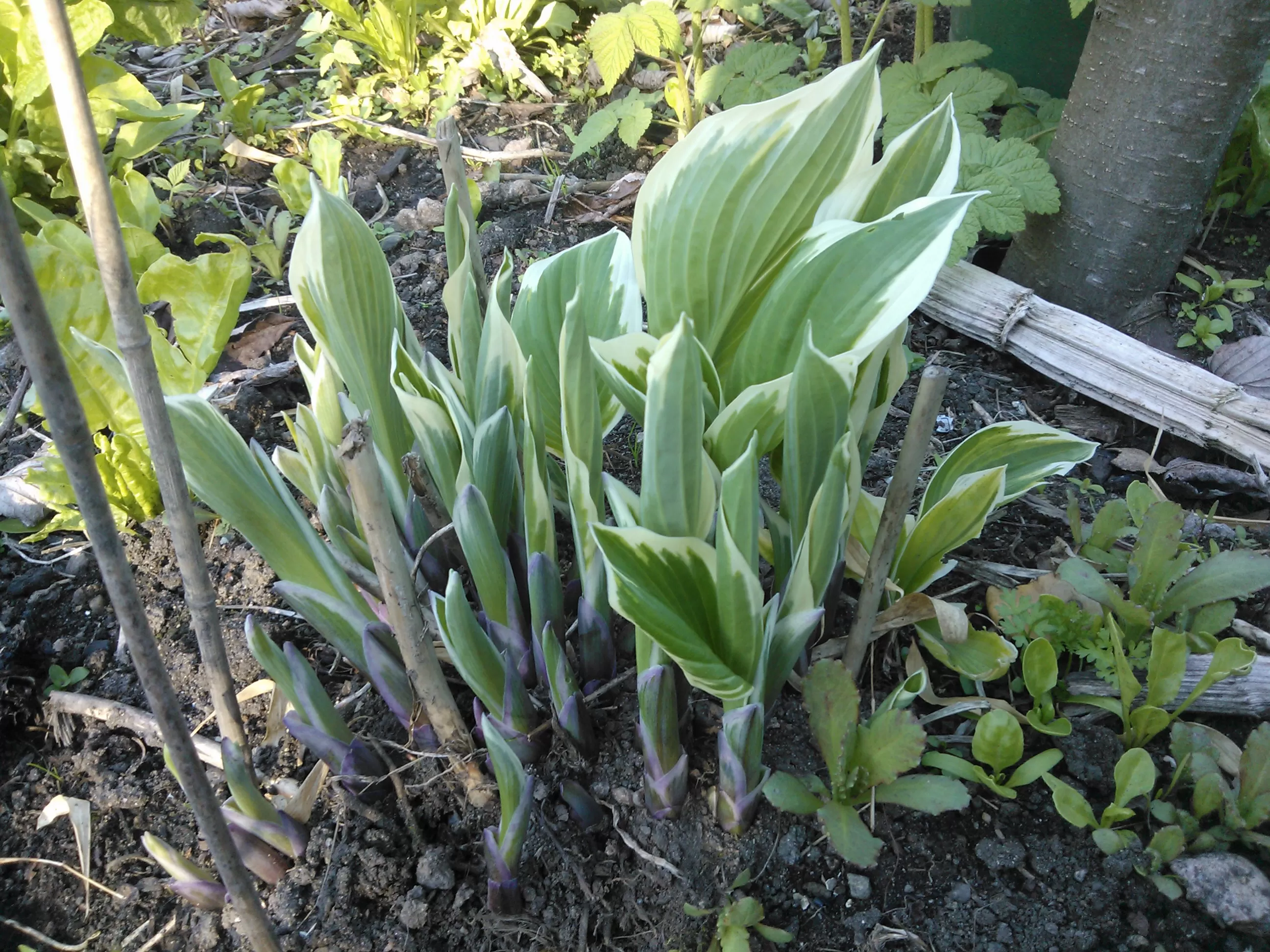 A lush clump of hosta plants growing in a garden bed.
A lush clump of hosta plants growing in a garden bed.
Growing Healthy, Edible Hostas
Growing hostas for eating is much the same as growing them for ornament. They are generally low-maintenance plants.
- Soil: Rich, well-drained soil with plenty of organic matter is ideal.
- Light: Most hostas prefer shade or part shade. While some varieties can tolerate more sun, this is often only if they receive ample moisture, which is crucial when growing for tender shoots and leaves.
- Water: Consistent moisture is key, especially during the spring when shoots are emerging and throughout the summer. Avoid letting the soil dry out completely.
- Planting: Planting the crown slightly above ground level can make harvesting the hostons easier later on.
Timing is Everything: Harvesting Your Hosta Crop
The prime time for harvesting edible hostas is in early spring when the shoots, or ‘hostons’, are just emerging. They should be firm and tightly rolled.
To harvest, grip the hoston firmly near its base and snap it off from the edge of the clump. If you snap it right at the base, it should stay intact. You may notice small leaf scales at the very base; these can be more bitter and are often removed.
You can harvest a significant portion of the first flush of hostons from an established plant without harming it. In fact, removing the first flush can sometimes encourage a second, slightly smaller flush of leaves, much like how some ornamental growers will prune their plants. Later in the season, the unfurled leaves can also be harvested for use as a cooking green.
 Freshly harvested hosta shoots (hostons) ready for cooking.
Freshly harvested hosta shoots (hostons) ready for cooking.
Simple Ways to Enjoy Your Hosta Harvest
The way you prepare hostons depends on their size. Smaller, more tender hostons are excellent lightly fried. A simple method is to pan-fry them for a few minutes until slightly tender-crisp, then finish with a splash of light soy sauce and a drizzle of sesame oil. The slight bitterness of the hostons pairs beautifully with the salty soy sauce. They also make a fantastic addition to stir-fries.
Chunkier hostons benefit from a brief blanching or boiling before being used as a side vegetable. The unfurled leaves can be used much like spinach or other pot herbs. Get creative and try substituting them in recipes like a ‘hostakopita’ (a take on spanakopita). The flower buds are also edible and can add a unique texture and flavor to dishes.
Important Considerations Before You Eat
While many hosta varieties are edible, it’s crucial to be absolutely certain of your plant’s identification before consuming it. If you have an unidentified hosta, it’s best to err on the side of caution.
If you are trying an edible hosta species for the first time, it’s recommended to try only a very small piece first. You can also test for potential skin sensitivity by rubbing a small piece on your skin before tasting it.
Hostas as Sansai: An Ancient Tradition
In Japan, hostas have a long history as sansai, or “mountain vegetables.” These are plants traditionally gathered from the wild mountains and valued for their vitality and unique flavors, often with a pleasant bitterness. The practice of harvesting and preparing sansai, including hostas, is a cherished part of Japanese culinary culture, highlighting the connection between people and the natural world. Eating hostas from your garden allows you to participate in this rich tradition.
 Emerging hosta shoots in springtime, perfect for harvesting.
Emerging hosta shoots in springtime, perfect for harvesting.
Adding edible hosta varieties to your garden is a wonderful way to explore the versatility of these beautiful plants. Not only do they provide lush foliage for those shady spots, but they also offer a unique and delicious spring harvest.
Have you ever tried eating hostas? What are your favorite hosta varieties to grow or eat? Share your experiences in the comments below! If you enjoyed this article, please share it with fellow garden enthusiasts. Explore more unexpected edible plants and gardening tips on Thelittle.garden.
